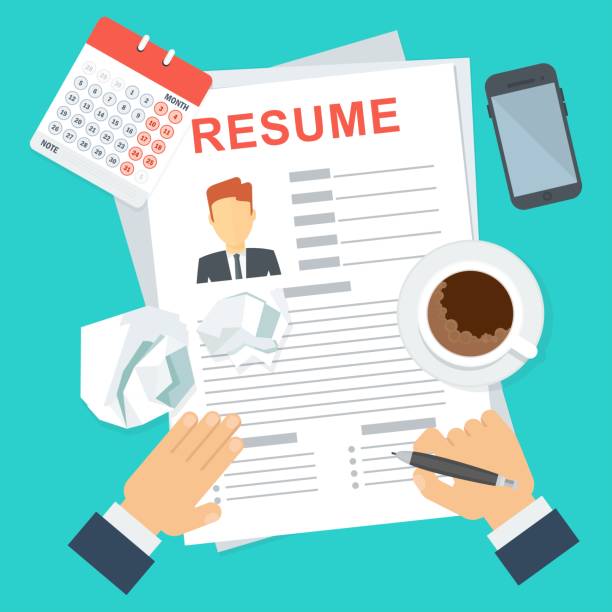
Best Reads on Recruitment from 2017
-
Are We Winning the Battle Against Unconscious Hiring Bias
This fantastic post by Irene McConnell brings into perspective the prevalence of unconscious hiring bias. This bias has been the elephant in the room for the longest time, with very little having been done to address it. While she begins her article by referring to the Silicon Valley, she proceeds to explain how it is actually a global situation. As many would agree, India of course falls into that category as well. In her article she identifies what we call ‘unconscious bias’, and speaks about ways to get rid of it from our recruitment processes forever.
-
How to Fire Someone You Actually Care About
Just the title of the post is enough to get you to read this. All of us who’ve been in positions of responsibility have in all probability had to face the immensely sensitive task of letting a member of the team go. It is even tougher if you have been given the task of firing someone you genuinely wish well for. This post on The Muse is the perfect read to help you gear up towards implementing this very hard decision. Need more prep? Read our posts on The Art of Firing, and 5 Questions for you before you fire someone.
-
Before Interviewing, Train Hiring Managers on These 5 Things
A find on hrbartender.com, this post speaks about the much-needed tool kit every hiring manager needs to possess. Making the decision for hiring someone isn’t as simple as simply ticking off a check list. And this article tells us about what hiring managers or recruiters need to be aware of, before starting the interviewing process. The cost and impact of the hiring decisions, and their role in the hiring process are some important factors on the list. Read the full article by clicking here.
-
10 Candidates Every Recruiter will Encounter
Reading this might feel like chicken soup for your soul, if you are a recruiter. Categorized aptly as ‘coffee break content’ on rulerecruitment.com, this blog post is a funny read on the many kinds of candidates that you may have or will encounter as a recruiter. “The Keen Bean”, “The Scrambler”, “The Over-achiever” amongst several others feature in this list. Read this post and find yourself ticking off the kinds you’ve dealt with, and anticipating the other kinds!
-
How the Work-space Impacts Employee Experience
All of us would agree that the work-space environment is indeed crucial to the productivity of employees. It is the little things that make all the difference. This post on speaks about what those little things are, and why they are more than just ‘little’ things. Going that extra mile to help your employees stay happy at work, stressing on work life balance and being flexible are some of the things that this post draws our attention to. Recruiters, are you listening?
Did any of these make it to your favorite list? Have more recommendations for this post? Let us know!





